
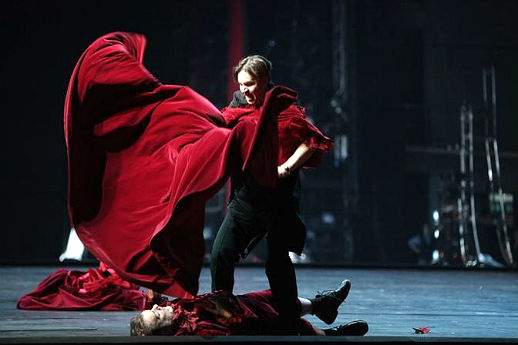
To take on the nerd stuff first: in general the tech now is pretty close to transparent. The projected image is clean and detailed, with a strong sense of light and shadow; textures of fabrics in particular I thought came across very clearly, without the super-sharp focus that tends to make everyone, even 19-year-old starlets with airbrushed makeup, look haggard. The sound is clear, though it is obviously mixed as a broadcast and not as a theater acoustic: voices are extremely present and the bigger instruments turned a bit strident as (I would assume) they overloaded the individual microphones worn by the singers. The orchestra was more plausible sounding, somewhere in the middle distance, and there was very little stage noise besides the banging and thumping that naturally accompany the beating of Masetto, for example. I was particularly impressed at how the engineers managed to minimize the rumble of falling chairs during Donna Anna’s great act 1 recitativo accompagnato.
There were glitches and my sense was that they were somewhat worse than par for the course. For the first half of act 1, the sound would drop out for an instant every five minutes or so, though eventually that resolved. Worse was a signal loss during the finale ultimo, just at the point when Don Ottavio and Donna Anna sing their little “reconciliation” duettino. I took a bathroom break before leaving and then heard music as I re-entered the lobby, so I was able to return to the auditorium for the final moments of the opera. It seems like there should be some way for the local operator to skip back in the stream and show the missing moments, but at any rate it wasn’t a deal-breaking glitch.
That I was still interested to see that notoriously anticlimactic epilogue is a tribute to Carsen’s production. It may not have opened any new doors in Don Giovanni interpretation, but the fairly familiar theme of metatheater as manipulation was presented with flair, a lot of humor, and a visual restraint that is both chic in itself and self-effacing in throwing the focus onto the performers. Big-personality singers like Anna Netrebko and Barbara Frittoli positively bloom when styled in little black dresses and sleek coiffures. In fact, they closely resembled Anouk Aimée and Yvonne Furneaux in one of the all time greatest “style” films, La Dolce Vita.
What sets Carsen above a lot of other directors immersed in pop culture, though, is that he uses these elements not as ends in themselves. In other words, he doesn’t fall into the trap a hack director might do, and present Don Giovanni as a sort of rehash of La Dolce Vita. For example, La Netrebko is the only one here wearing sunglasses, nd even that modernist cliche is rationalized by the dramatic situation: she is attending a funeral for her father.
Where Carsen doesn’t quite pull the conceit off is where most performances of Don Giovanni come to a crashing halt, i.e., between Zerlina’s second aria and the graveyard scene. This big lull in the second act is, I think, da Ponte’s fault: he ran out of story and so the plot marks time for necessary (and beautiful) music movements. Carsen’s solution was in part to indicate “it’s just an opera, after all,” with the sextet flailing away in conventional gestures, lit by footlights, as Don Giovanni and Elvira’s maid enjoy the private performance. That left the two grand arias, of course, and there Carsen didn’t seem to have such rigorous ideas.
The finale ultimo (what we saw of it) seemed a bit half-baked too. Making Don Giovanni’s death a mirror image of the Commendatore’s felt a little too neat to me, and from the time the old man drew his sword it was all too obvious where the scene was going. That that the “death” was just another manipulative performance by the Don was a good idea, but I think its irony might have landed better if the death scene we just saw had been more conventional, the “standard” demise with flames and such.
The singers were all on a high level without any example of absolute brilliance. I was awed by Netrebko’s ferocious attack on “Or sai chi l’onore” and I love the sheer velvet of Peter Mattei‘s baritone, especially how he can suggest vehemence though emphasis of diction without pushing his lyric instrument into anything like an ugly sound. Frittoli and Giuseppe Filianoti in a way are similar performers in that they transcend non-stellar vocal material with dramatic intensity and superb musicality. That said, her voice is in poorish condition generally these days and his more generally good, though in Ottavio’s music he sounded tight, as if on the fence whether to sing out or to fabricate a “genuine” Mozart sound. (I wish he’d sing out.) Štefan Kocán (Masetto) is an artist that bears watching, and not just because he’s so pretty!
The biggest letdown was Daniel Barenboim‘s conducting, which doesn’t belong in any opera house, let alone La Scala. After a slow, erratic and noisy performance, the maestro took the Maria Ewing coward’s way out in his curtain call, appearing onstage not alone but with the orchestra. Anyone that worried about being booed needs to find another place to work.
-
Topics: anna anna anna, barihunk, don giovanni, hd, la scala, peter mattei, regie, review, robert carsen
MET Opera Legend Leona Mitchell Live in Concert
Leona Mitchell, the MET Opera’s leading Verdi soprano for 18 seasons, is returning to the stage April 19th in New York City. Get Tickets →
Leona Mitchell, the MET Opera’s leading Verdi soprano for 18 seasons, is returning to the stage April 19th in New York City. Get Tickets →
parterre in your box?
Get our free weekly newsletter delivered to your email.
















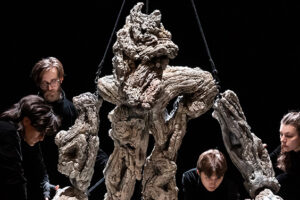
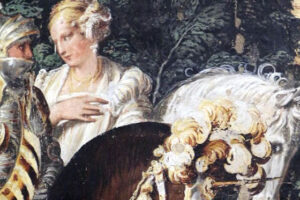
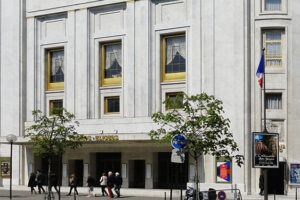
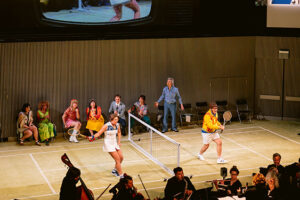




Comments